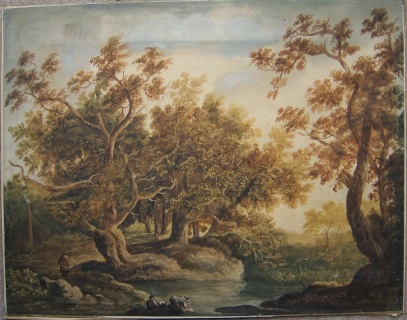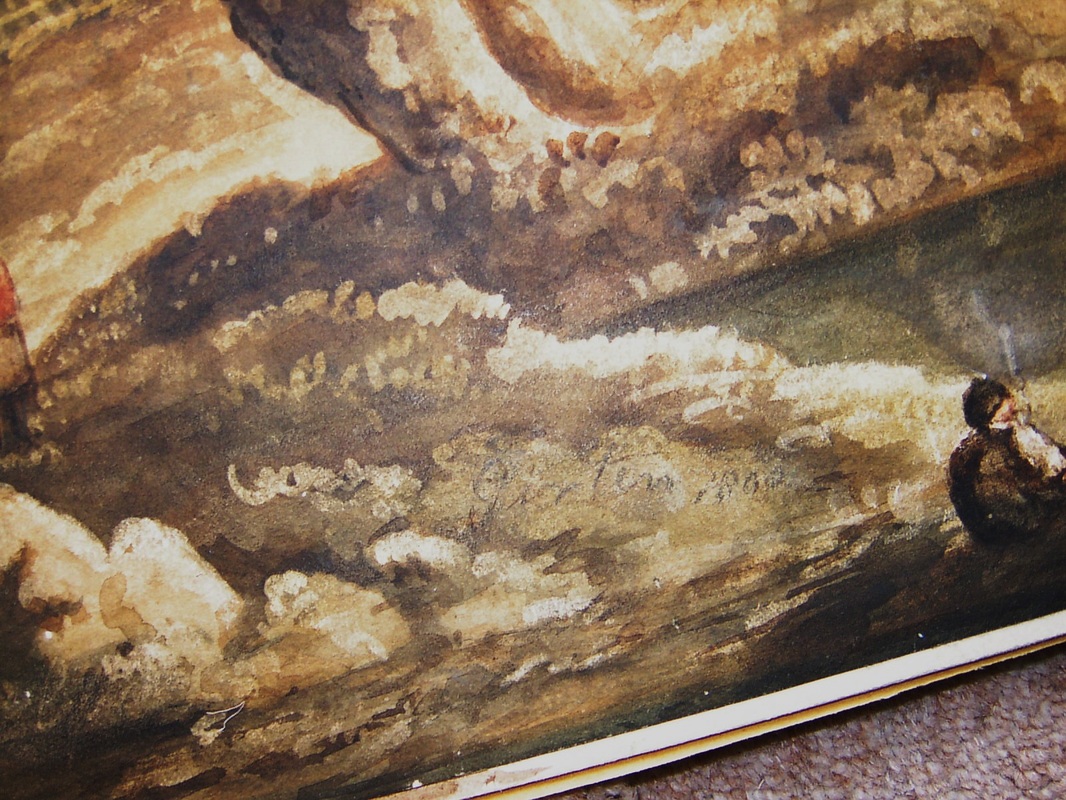
Thomas Girtin 1775-1802
Figures at a Pool in a Wooded Landscape
50 x 64.5cm
Signed and dated mid left "Girtin 1800"
A magnificent and large work by this artist.
There is a tiny hole (less then 2mm and there is no paper loss) which is very difficult to see.
There are about three pale white spots.
The work would benefit from some attention by a conservator.
Price on application.
50 x 64.5cm
Signed and dated mid left "Girtin 1800"
A magnificent and large work by this artist.
There is a tiny hole (less then 2mm and there is no paper loss) which is very difficult to see.
There are about three pale white spots.
The work would benefit from some attention by a conservator.
Price on application.
£
0.00

